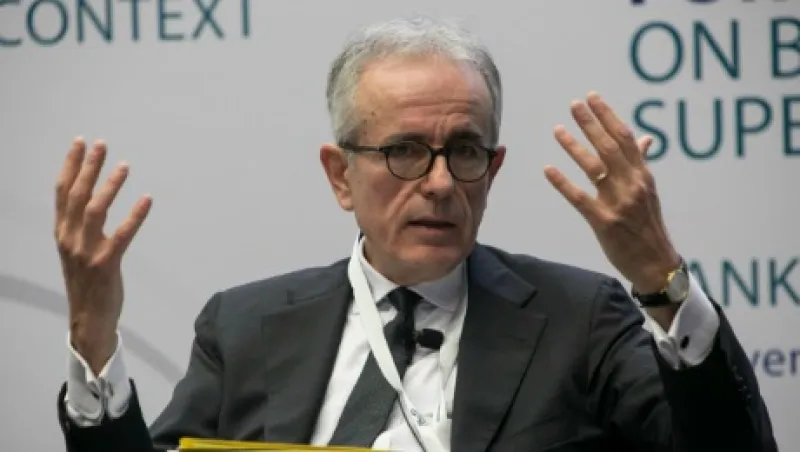Monday, July 4: As the U.S. celebrates its independence with a holiday for the markets, sentiment for international markets will likely focus on a speech by European Central Bank board member Ignazio Angeloni at Caixabank in Barcelona. Those in attendance will likely have their ears perked up for clues as to what happens next post-Brexit — especially as the event takes place in the capital of a region that’s had its own designs on independence.
Tuesday, July 5: As policymakers Down Under figure out their next steps after Brexit, the Reserve Bank of Australia rate statement will be a focus for currency markets as traders anticipate a rate cut. While in years passed the Aussie has been viewed as a surrogate to commodity demand from China, the relative stability of the Australian economy has seen it begin to enjoy safe-harbor status among some international investors.
Wednesday, July 6: China’s State Administration of Foreign Exchange announces June foreign-exchange reserve levels. May levels reached a four-year low as rising U.S. dollar dragged the total held by the People’s Bank of China to $3.2 trillion.
Thursday, July 7: Because of the shortened holiday week in the U.S. Energy Information Administration crude oil inventory data will be released one day later than normal. The EIA’s report this past week revealed a decline of 4.1 million barrels to a total of 527 million — a sixth consecutive contraction. The decline was larger than the American Petroleum Institute’s estimates and held West Texas Intermediate crude futures contracts for front-month delivery rise above $48.
Friday, July 8: The monthly U.S. Department of Labor Employment report has been a focus of market risk narratives for years as traders attempted to calculate the Federal Reserve’s next policy move. In the wake of the U.K. vote to leave the European Union however, derivatives markets tied to interest rate now imply that the Fed may not hike again for over a year making the payroll figures for June much less relevant. Initial jobless claims released last week were marginally higher than consensus forecasts, however were a continuation of a 69-week consecutive streak of sub–300,000 reports.





